The Fourth of July in America is synonymous with fireworks, parades, and perhaps most iconically, hot dogs. Millions of these savory sausages are consumed each year during Independence Day celebrations, often grilled to perfection and nestled in soft buns. But while most revelers focus on the toppings—mustard, ketchup, relish, or sauerkraut—few pause to consider the unsung hero of the hot dog: the casing. This thin, often overlooked layer plays a crucial role in the texture, flavor, and even the cultural history of America’s favorite patriotic snack.
The casing of a hot dog is far more than just a wrapper. It’s the barrier that holds the meat together during cooking, ensuring the juicy interior remains intact while developing that satisfying snap when bitten into. Traditionally, natural casings made from animal intestines—usually sheep or hog—were the gold standard. These casings are edible, slightly chewy, and impart a subtle depth of flavor that synthetic alternatives struggle to replicate. For purists, a natural-casing hot dog is the only way to go, especially when celebrating a holiday as steeped in tradition as the Fourth of July.
However, not all hot dog casings are created equal. In the mid-20th century, as demand for hot dogs skyrocketed and production methods industrialized, synthetic casings began to dominate the market. Made from materials like collagen or even plastic, these casings are cheaper and easier to mass-produce. They lack the distinctive snap of natural casings but offer consistency and durability, which appeals to large-scale manufacturers. During patriotic holidays, when hot dog consumption reaches its peak, synthetic casings ensure that every backyard grillmaster can serve up dozens of uniform franks without worrying about splits or breaks.
The choice between natural and synthetic casings isn’t just a matter of texture—it’s a reflection of American values. Natural casings harken back to a time when food was less processed and more connected to its origins. They appeal to a growing movement of consumers who prioritize authenticity and sustainability. Synthetic casings, on the other hand, represent efficiency and accessibility, embodying the American spirit of innovation and convenience. This dichotomy is especially poignant on the Fourth of July, a holiday that celebrates both the nation’s agrarian roots and its industrial might.
Interestingly, the casing debate also ties into regional hot dog preferences. In cities like Chicago or New York, where hot dog culture is fiercely defended, natural casings are often non-negotiable. A Chicago-style dog, with its neon-green relish and sport peppers, demands the snap of a high-quality casing to stand up to the bold toppings. Meanwhile, in other parts of the country, where the hot dog is more of a blank canvas for creative condiments, the casing might be an afterthought. This regional variation adds another layer to the hot dog’s role as a unifying yet diverse symbol of American cuisine.
Beyond texture and tradition, the casing also influences how hot dogs are cooked. Natural casings tend to shrink slightly when heated, creating a taut, wrinkled exterior that grill marks can cling to. Synthetic casings, being more uniform, often result in a smoother, less charred appearance. For Fourth of July barbecues, where presentation matters as much as taste, the casing’s behavior on the grill can make or break the perfect hot dog. Some enthusiasts even argue that the casing’s ability to crisp up is what separates a mediocre frank from a masterpiece.
As Americans gather around grills this Independence Day, few will give much thought to the humble casing that makes their hot dogs possible. Yet, this small component is a testament to the ingenuity and diversity of American food culture. Whether natural or synthetic, the casing is a quiet but essential player in the holiday’s culinary festivities. So, as you bite into your next Fourth of July hot dog, take a moment to appreciate the snap—it’s a small but meaningful part of what makes the experience uniquely American.

By /May 26, 2025

By /May 26, 2025
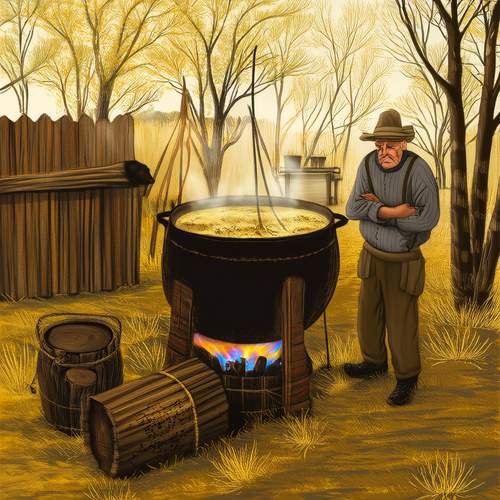
By /May 26, 2025

By /May 26, 2025

By /May 26, 2025
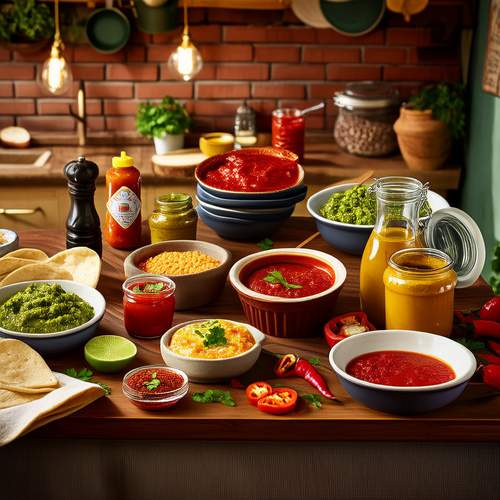
By /May 26, 2025

By /May 26, 2025
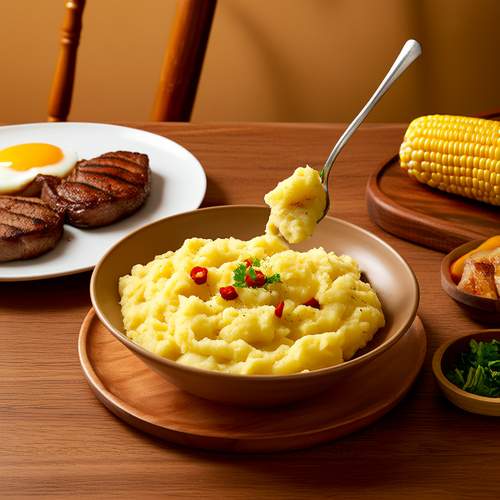
By /May 26, 2025

By /May 26, 2025
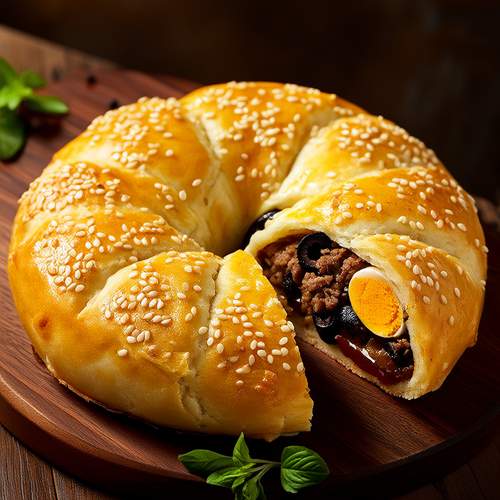
By /May 26, 2025

By /May 26, 2025

By /May 26, 2025
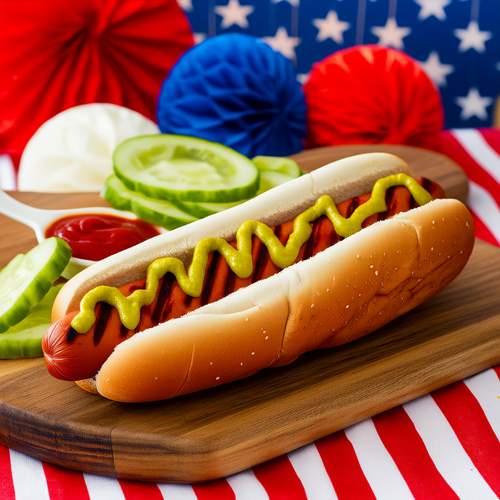
By /May 26, 2025

By /May 26, 2025

By /May 26, 2025

By /May 26, 2025
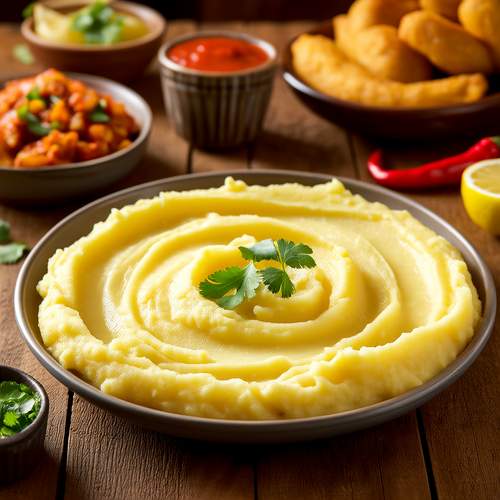
By /May 26, 2025